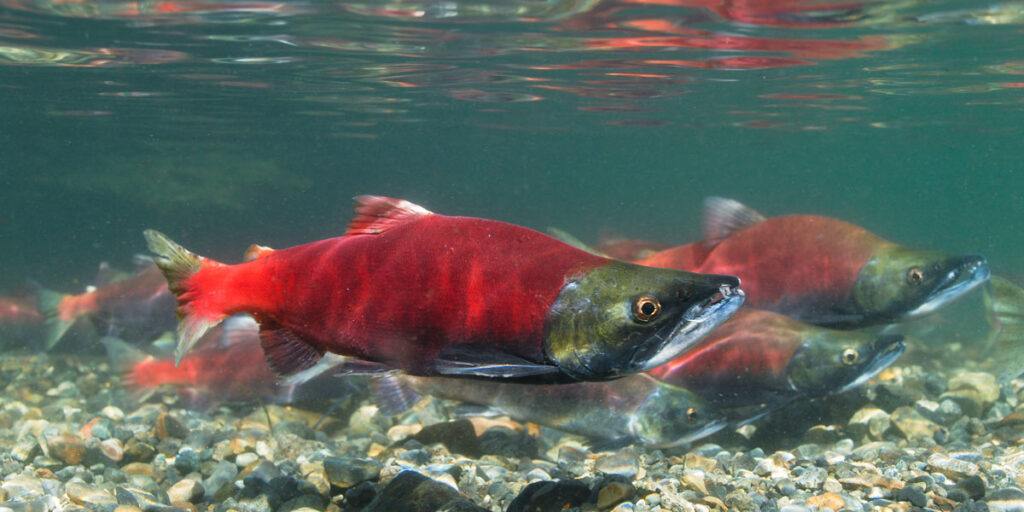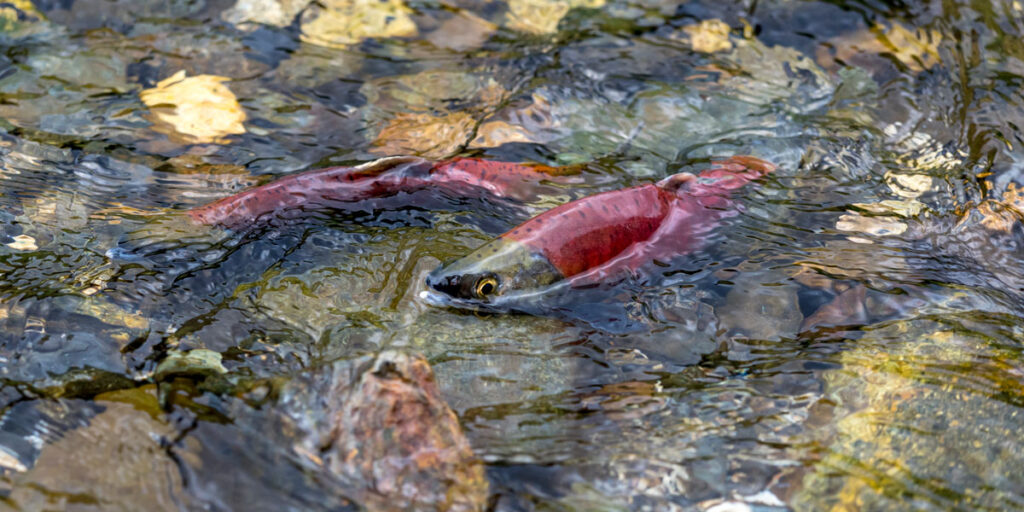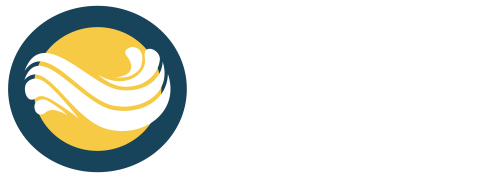
As the leaves begin to show their vibrant autumn colors in Colorado, a natural spectacle unfolds along the Gunnison River that draws locals and tourists alike. The Kokanee salmon run, a remarkable event, not only captivates the eyes but also underscores the critical need to help our rivers thrive. The Kokanee salmon make a crazy journey upstream from Blue Mesa Reservoir to the Roaring Judy Fish Hatchery, and their survival depends on the efforts of wildlife and river organizations like Forever Our Rivers. This salmon run offers excellent and unique fall fishing opportunities as the seasons change.
Patrick Blackdale, fly fishing guide with Willowfly Anglers at Three Rivers Resorts, believes fishing for Kokanee salmon is one of the most fun angling opportunities in the Gunnison Valley. “It’s great for both beginner and seasoned fly fishers. One of the best ways to experience the Kokanee run is by hiring a professional fly fishing guide through a company like Three Rivers Resort. They know the best spots and can teach you where and how to fish for these unique and iconic landlocked salmon,” he mentions.
What are Kokanee salmon?
Kokanee salmon are a close relative to the Pacific sockeye salmon. While the Kokanee are landlocked, they have a similar reproductive process, which includes migrating upstream in moving water to spawn. They are a sight to behold, particularly during their spawning season when their silvery-blue bodies transform into fiery shades of red and green. The salmon were introduced to the Blue Lake Reservoir around 1966 and made themselves right at home. Now, they’re like the “cool kids on the block,” loved by anglers and nature buffs. While they aren’t from Colorado originally, they’ve sure found their place in the Gunnison River and play a pretty important role in the ecosystem and economy.
While non-native species like the Kokanee salmon may not have naturally evolved in this Colorado river, they are like the puzzle piece that fits just right, filling in gaps that would otherwise be empty in the food chain. Kokanee are an essential food source for various native predators such as bald eagles, ospreys, river otters and bears. Their presence can support the survival and reproduction of these amazing creatures. Kokanee also attract those who love to fish and get a kick out of catching them—giving a boost to the local economy. “An absence of Kokanee salmon would undoubtedly affect all of the above,” Patrick continues.

The Incredible Kokanee Salmon Run
“Autumn is a special time for anglers here,” Patrick states. Imagine a river teeming with flashes of brilliant red as thousands of Kokanee salmon swim upstream to spawn. This mesmerizing event takes place in a few destinations in Colorado, with the Gunnison River being one of them, transforming the river into a living tapestry of colors. Running anytime from late August to mid-October, these salmon embark on an epic upstream journey from the depths of Blue Mesa Reservoir to the Roaring Judy Fish Hatchery in Almont, CO. The journey is tough, sure, yet essential for the continuation of the species.
“I enjoy the hard-fighting nature of Kokanee salmon, as well as their unique appearance,” Patrick continues. “As a guide, the Kokanee offer an opportunity for novice anglers to learn to fight strong fish in good numbers. It is certainly a less “technical” fishing style than most trout fishing, which makes it great for beginners.“
River Conservation’s Effect on Salmon
Now, imagine standing in awe as the Kokanee make their majestic run. Beyond this captivating sight lies a profound lesson about the significance of maintaining the health of our rivers. These waterways are not mere channels; they provide homes that sustain diverse aquatic species, conduits that send clean water to communities, and soul soothers that provide amazing recreation for individuals.
In recent years, the hatchery has found that not as many salmon are returning and numbers are dwindling. It’s possible that the drought in the past few years has been one of the biggest challenges for the salmon. Blue Mesa Reservoir’s levels were nowhere near where they used to be. The waters are warmer which makes a less-than-ideal environment for the Kokanee.
In a nutshell, it’s like a chain reaction. If the river isn’t in good shape for the Kokanee salmon, it becomes a food desert for birds and bears. And when waters become too warm, the whole natural balance goes bonkers. Even the local economy could take a hit if anglers decide to cast their lines in greener pastures. So, conservation isn’t just about saving some beautiful salmon – it’s about keeping the entire show running smoothly. When we look after our rivers, we’re basically looking after ourselves and all the critters sharing this awesome place with us.
Patrick agrees. “I believe river conservation is the responsibility of all anglers and river users. It is easier than ever to be involved with nonprofits working hard to safeguard our water. We strongly encourage all anglers and river enthusiasts to be involved in river stewardship, to give back to the waters that give them so much.”
